With any project there are the expected results and often an equal dose of unexpected surprises. In building construction and maintenance, the words unanticipated or surprise are not usually what anyone wants to hear. So, when Ohio University (Athens, OH) implemented a campus-wide HVAC upgrade initiative they were expecting that future energy savings would generate a significant ROI. What they could not foresee, however, was the $350,000 cost avoidance that their new ONICON chilled water meters would also deliver.
Ohio University Modernization
Established in 1804, Ohio University (OU) is the state’s oldest university and the country’s eighth oldest public university. In fact, the university’s Manasseh Cutler Hall was the first academic building in the Northwest Territory. Like most universities, the campus is today a mix of buildings ranging from new to very old and everything in between; all of which require efficient heating, cooling and ventilation.
In 2017 a $1.2 million campus-wide metering project was launched. The program called for retrofitting approximately twenty housing, classroom, and administration buildings with metering systems to monitor domestic hot water and cold water, chilled water, steam, condensate, natural gas and some electricity.
Installing energy systems for new constructions is one thing; but retrofitting drafty older buildings is a whole other animal. Many were simply not constructed to accommodate and leverage today’s modern systems. Selecting the right equipment, suppliers and partners would go a long way in determining the program’s success.
Meter Selection
Because of the scope of the project, a wide variety of meters would be required. Multiple manufacturers were considered; but in the end ONICON was awarded the contract through fair bidding practices while meeting all university requirements. At the same time the company offers first-rate local support and has a reputation for reliability and system integration.
“I knew from experience that ONICON offered quality products, which is important,” explained Claire Naisby, Ohio University Building Systems Integrations Manager. “But just as essential is the fact that the meters operate well in the BACnet world. The seamless interface with our Delta and Tridium controls simplifies implementation and upkeep significantly.”
ONICON meter types selected for the project include:
- ONICON F-3100/F-3200 chilled and hot water meters
- ONICON F-5500 natural gas meters
- ONICON F-2600 condensate meter
- ONICON System-10 BTU Meters
- ONICON D-100 Network Displays

Advanced Energy & Building Technologies, Inc. (AEB – ONICON Ohio Representative) assisted with meter selection and helped ensure that equipment was properly installed and operated correctly. Representing many leading manufacturers, AEB specializes in commercial HVAC instrumentation and controls. The company provides several market-leading technologies and related services that are essential to the design of today’s modern building designs; and in this case, retrofitting older buildings.
Moving forward, AEB will assist OU as needed to keep the meters operational and communicating. Reliable ONICON meters are durable and, as with the company’s complete line of air monitoring products, include a one-year no fault warranty. While quantifiable data is not yet available from OU, it is safe to say that ONICON meters are delivering expected results with energy savings, more accurate billing, and a measurement for tracking and improving efficiency.
Unexpected Savings: Chilled Water System
In addition to anticipated energy savings, this metering project delivered some huge and unexpected cost-saving benefits. In the Midwest, where heat and humidity can persist for weeks at a time, maintaining comfortable and safe conditions throughout large campus buildings can be challenging. For students, faculty and staff, college life is demanding enough without the added discomfort and distraction that comes with excessive heat. Consequently, diagnosing cooling issues must be fast and accurate in order to maintain acceptable temperatures.
Since the ONICON metering has been installed, energy distribution and water flow has improved measurably throughout campus – which was expected. An unexpected benefit, however, was the considerable improvement in manpower required to respond to and repair heating and cooling issues. With local access to real-time flow and temperature data, OU facilities teams have been able to improve the time that it normally takes to diagnose issues and begin corrective action.
“In addition to time and energy savings we’re finding significant advantages with our ONICON meters in chilled water applications,” added Naisby. “We recently used our meters to find closed chilled water valves scattered across the campus. While this might sound trite, the result was a cost avoidance of hundreds of thousands of dollars.”
All OU classroom, business and residential buildings are served by two (East and West) chilled water stations. When the East Station unexpectedly went down, a decision was made to implement a single loop cooling process. This would allow the West chiller station to temporarily supply cooling for the entire campus while repairs were made to the East station. However, as the heat and humidity rose so did temperature sensors and complaints from building occupants. It was clear that there were problems with the single loop alternative. Because the university could not operate without cooling, there was a very real possibility that a temporary water chiller would be needed for the summer. Renting and installing such equipment would come at a hefty $350,000 price tag.
“Fortunately, prior to securing a chiller, we were able to use our front-end flow and energy dashboards to detect that something wasn’t right in the flow from the East chiller plant,” said Naisby. “Upon closer inspection it was discovered that multiple valves across campus had been closed. Once this was determined the task shifted to locate and open those valves as quickly as possible. With the help of our ONICON meters we were able to do just that. As a result, we were free to implement the single loop cooling solution, focus time and resources on repairing the East chiller station, and avoid all costs associated with temporary chiller rental and installation.”
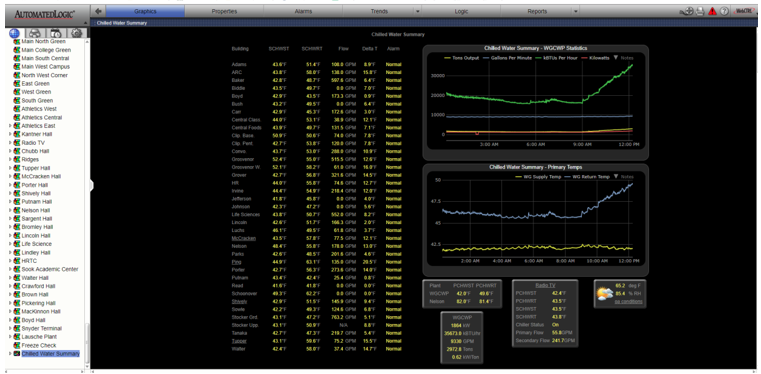
Integrating data from the Onicon CHW meter and System-10 computers, Ohio University’s Chilled Water Summary page displays building chilled water temperatures and flows across campus.
(Graphics developed by student assistants, Justin Rollins and Katie McDonald.)
Surprises are rarely welcomed news for any project; especially when the investment tops a million dollars. But Ohio University’s newly installed ONICON meters are delivering unexpected and sustained benefits.
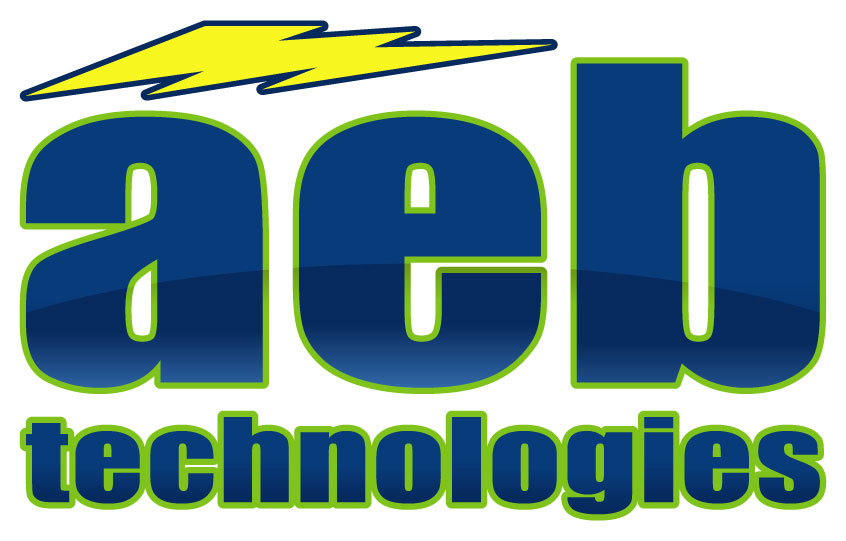

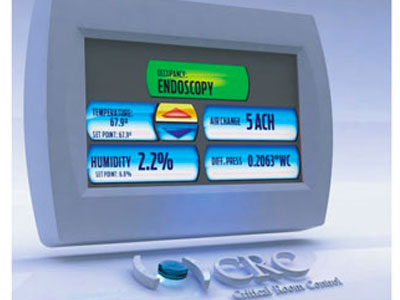
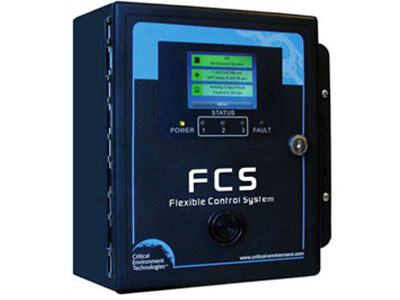
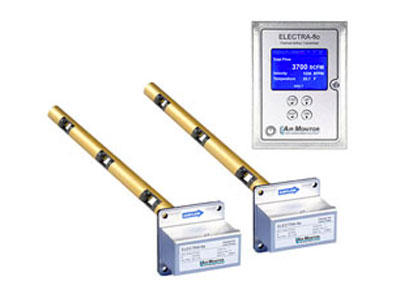

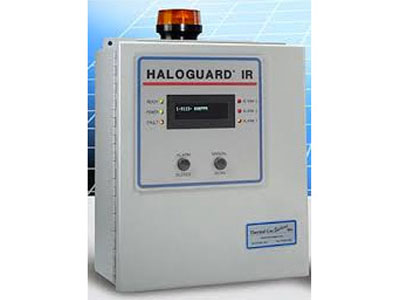

 Mechanical
Mechanical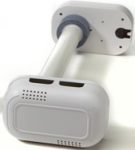 Thermal/Bleed Sensing
Thermal/Bleed Sensing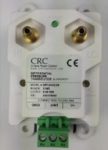 Differential Pressure
Differential Pressure










 Accurate and reliable temperature control is important in any building complex as even minor variances can result in uncomfortable working conditions and excessive energy costs. But when such issues affect hospitals or other types of wellness centers, problems are more than a minor inconvenience. Heating and cooling inefficiencies have a direct bearing on the comfort, health and wellbeing of patients and visitors alike. Additionally, energy costs associated with the inefficient heating/cooling of such massive facilities can quickly add up. So when HVAC control and reliability became a problem at one of the country’s most respected Ohio-based hospitals, AEB and TAMCO stepped in to help.
Accurate and reliable temperature control is important in any building complex as even minor variances can result in uncomfortable working conditions and excessive energy costs. But when such issues affect hospitals or other types of wellness centers, problems are more than a minor inconvenience. Heating and cooling inefficiencies have a direct bearing on the comfort, health and wellbeing of patients and visitors alike. Additionally, energy costs associated with the inefficient heating/cooling of such massive facilities can quickly add up. So when HVAC control and reliability became a problem at one of the country’s most respected Ohio-based hospitals, AEB and TAMCO stepped in to help.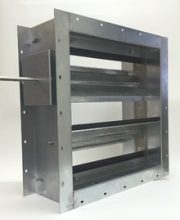

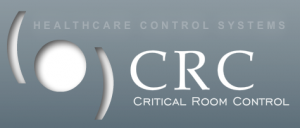 A thirty-year HVAC industry veteran, Steve is Vice President of Sales for Critical Room Control (CRC). Having spent several years of his career as a manufacturer’s rep, Steve knows first-hand the key role that AEB and similar companies play in delivering reliable solutions and helping CRC to reach its sales goals. Here is part 1 of our Q&A with Steve Duerkop.
A thirty-year HVAC industry veteran, Steve is Vice President of Sales for Critical Room Control (CRC). Having spent several years of his career as a manufacturer’s rep, Steve knows first-hand the key role that AEB and similar companies play in delivering reliable solutions and helping CRC to reach its sales goals. Here is part 1 of our Q&A with Steve Duerkop.